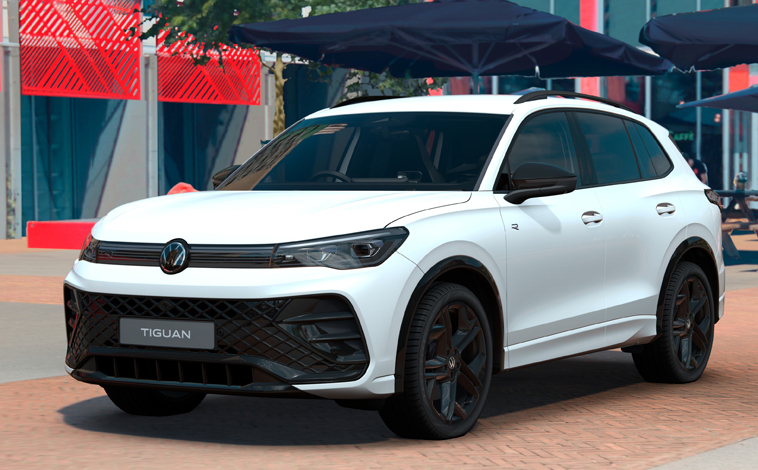Jaguar’s pioneering curved screens
November 5, 2019
Jaguar Land Rover’s pioneering structural electronics research could allow dashboards to be replaced by curved screens and let drivers customise interiors thanks to colour-changing body panels.
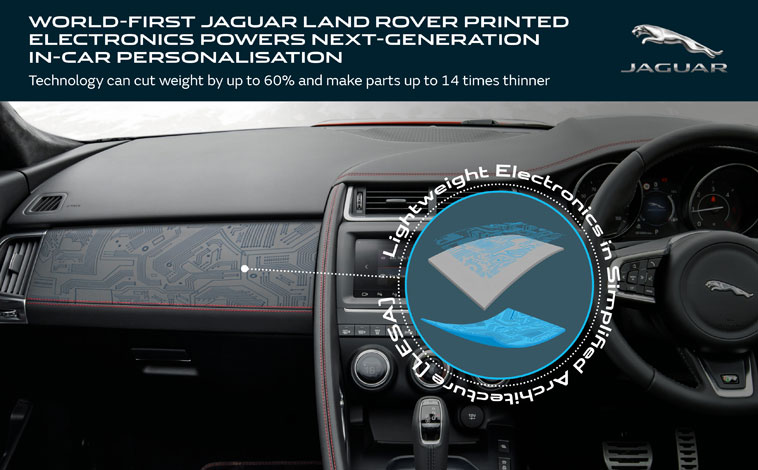
In a world-first, Jaguar Land Rover is developing the Lightweight Electronics in Simplified Architecture (LESA) research technology – used in flexible wearables and curved OLED TVs – for car interiors. It has the potential to radically change cabins of the future and would offer customers greater ability to customise their cars to suit their needs.
With LESA technology, Jaguar Land Rover will be able to manufacture body panel displays to show information only when needed to help designers achieve streamlined and buttonless designs for future cars. Such designs may include, customisable interior ambient lighting systems, body controls, wraparound button-less dashboards and advanced fabric/leather heated steering wheels.
The innovative printed electronics system will also reduce the weight of in-car electronics by up to 60 per cent as wiring, sensors and computing is contained within all non-metal materials, removing the need for extra packaging space for control units.
Features using the award-winning LESA technology would be created using a faster, simpler and more automated process, be more flexible in usage and offer technological advancements – such as making digital displays appear on surfaces like wood without the need for a screen. It also makes adding solar panels to the vehicle possible without adding extra system weight to car. The renewable power generated from the sun could then be used to recharge the battery.
The system uses computer animated drawings (CAD) to virtually “unfold” a part into its 2D structure. The required electronic circuit, ordinarily wired into a traditional ECU, is then printed onto the flat surface, and components are mounted, before the CAD is folded back into its original 3D. The part is then manufactured with the electronics printed into the structure.
Jaguar Land Rover has successfully trialled LESA technology on an overhead control panel prototype, achieving a weight reduction of 60 per cent and minimising the part size from 50mm to 3.5mm. The research was awarded an Institution of Engineering and Technology (IET) Innovation Award with judges praising it as “the future of electronics in the car”.
The light-weighting benefits are a step towards Jaguar Land Rover’s vision for Destination Zero; an ambition to make societies safer and healthier, and the environment cleaner delivered through relentless innovation. By removing weight from the vehicle, future Jaguar and Land Rover models will benefit from increased electric range or improved fuel efficiency, helping to further the company’s goal of a zero emissions future.
Ashutosh Tomar, Jaguar Land Rover Electrical Research Technical Manager, said: “Healthcare, aerospace, consumer technology and military industries are already harnessing the benefits of structural electronics and our research is leading the way in the automotive sector by bringing it into the cabin for the first time.
“We believe LESA represents the future of vehicle electronics and will enable us to design and manufacture innovative, flexible and customisable cabins for our customers while also reducing weight and cost during production helping us reach Destination Zero.”
Latest News
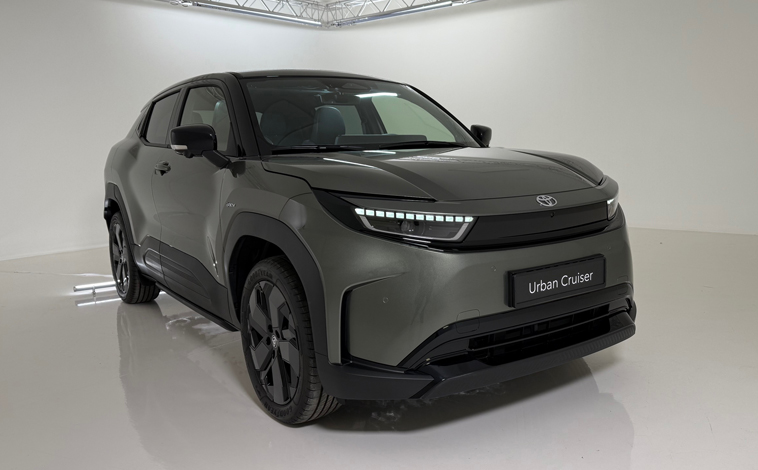
Toyota unveils its new Urban Cruiser
Toyota has officially launched its all-new compact SUV, the Urban Cruiser, at its [...]
Carry on camping with Renault Trafic
The Renault Trafic is proving the perfect model for a brand new, off-grid, [...]
Barcelona players go track racing
Barcelona men’s football team players customised their new CUPRAs, after testing them during [...]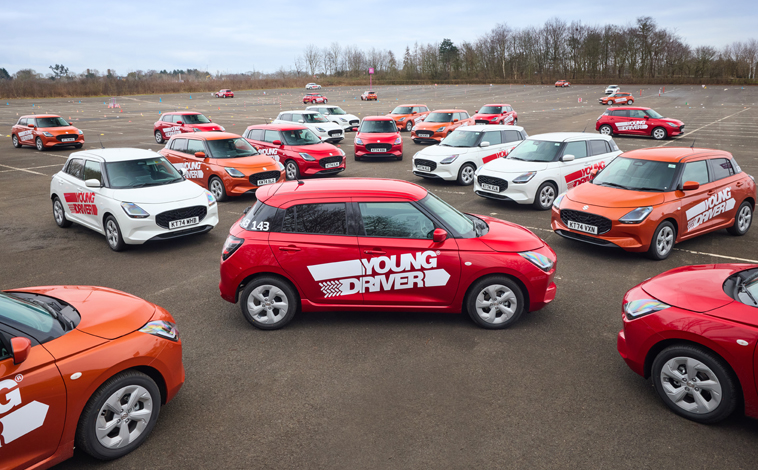
Suzuki Swift to Young Driver’s rescue
Young Driver, the UK’s foremost under-17s driver-training company, has just taken delivery of [...]
New Subaru Forester is right on track
Subaru UK & Ireland has announced the pricing and specifications for the all-new, [...]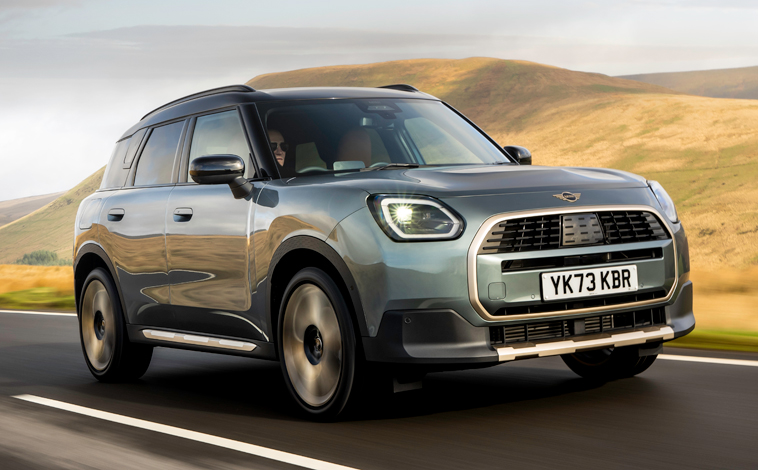
Optional upgrades for the MINI family
Following the successful launch of the new MINI family, a range of additions [...]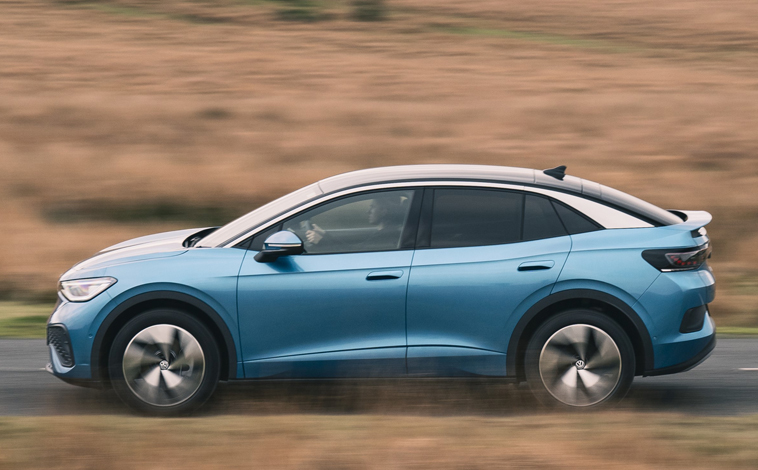
Save £1,000 when ordering a new VW EV
Anyone ordering a new Volkswagen electric vehicle between now and March 3 this [...]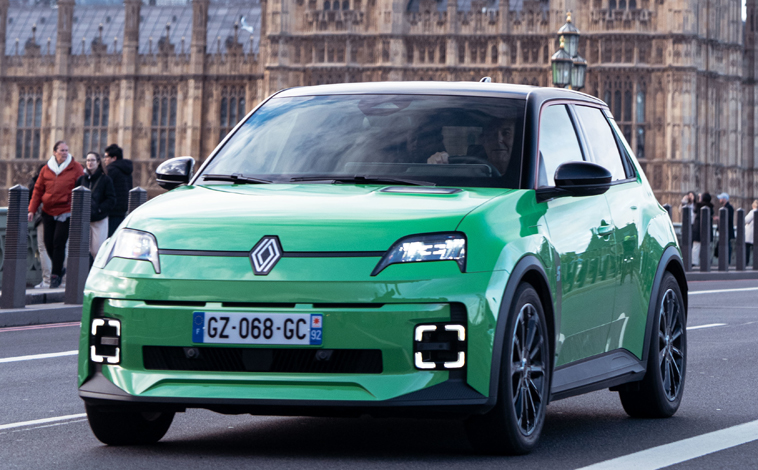
Get priority access to the new Renault 5
The Renault 5 E-Tech electric is available to order for R-Pass customers, giving [...]
Inster Cross has an adventurous side
Hyundai has announced pricing and specification for the Inster Cross, the all-new EV’s [...]
WWCOTY announces its finalists for 2025
The Women’s Worldwide Car of the Year (WWCOTY) has announced the winners of [...]
Prices announced for VW’s new Tayron
The all-new Volkswagen Tayron goes on sale in the UK on January 9 [...]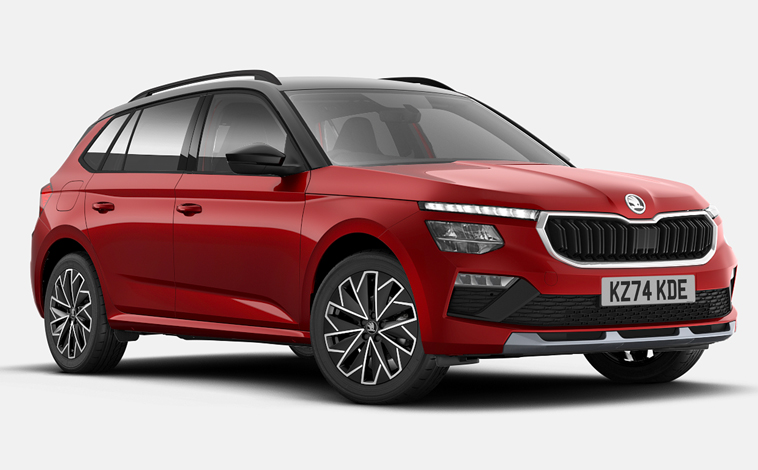
Skoda adds Design trim to Kamiq range
Škoda is building on the success of its award-winning Kamiq range by adding [...]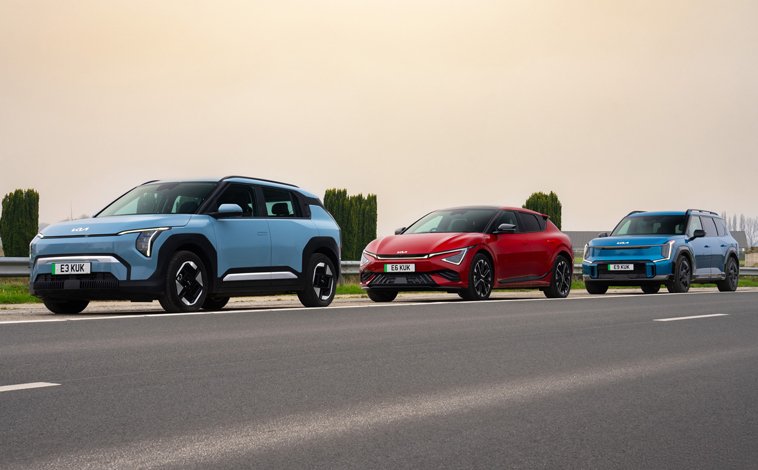
Kia celebrates 10 years of EV success
It’s incredible to think it’s been 10 years since Kia introduced its first [...]
INEOS partners with mountain rescue
INEOS Automotive partnered with Scottish Mountain Rescue (SMR) to help the charity deliver [...]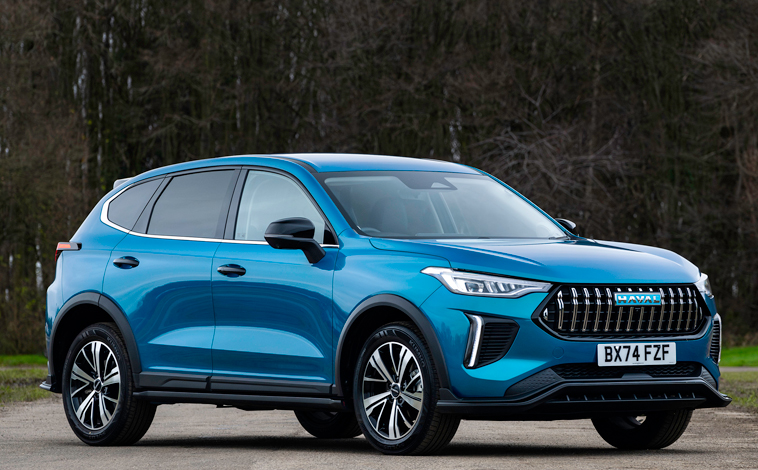
Prices revealed for BYD SEALION 7 model
BYD has announced the UK pricing for the SEALION 7 which will start [...]